Which Golf Clubs Should I Replace First?
Knowing where to start is something not all golfers finds easy - so here is some useful advice
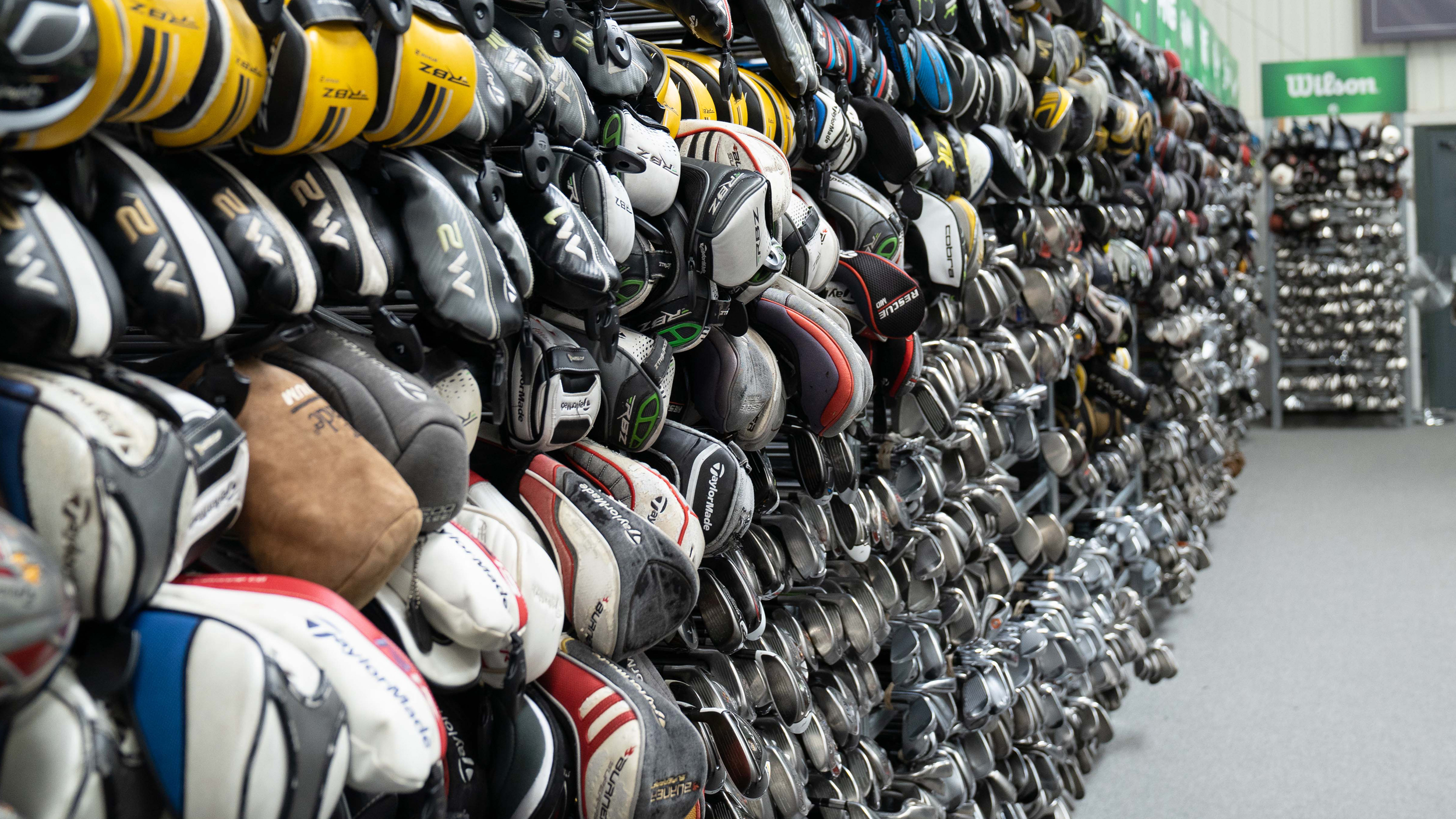

So you’ve made the decision to make some changes to your golf bag. Very wise, for it’s been, what, six or so years or so since you last upgraded? Who knows what potential performance benefits you could be missing out on.
One question you might asking yourself is, ‘Which golf clubs should I replace first?’ The obvious starting point is to replace those clubs that are showing signs of wear and tear, something that can start to compromise your performance in a number if ways, particularly when it comes to the short game.
Wedges are usually first
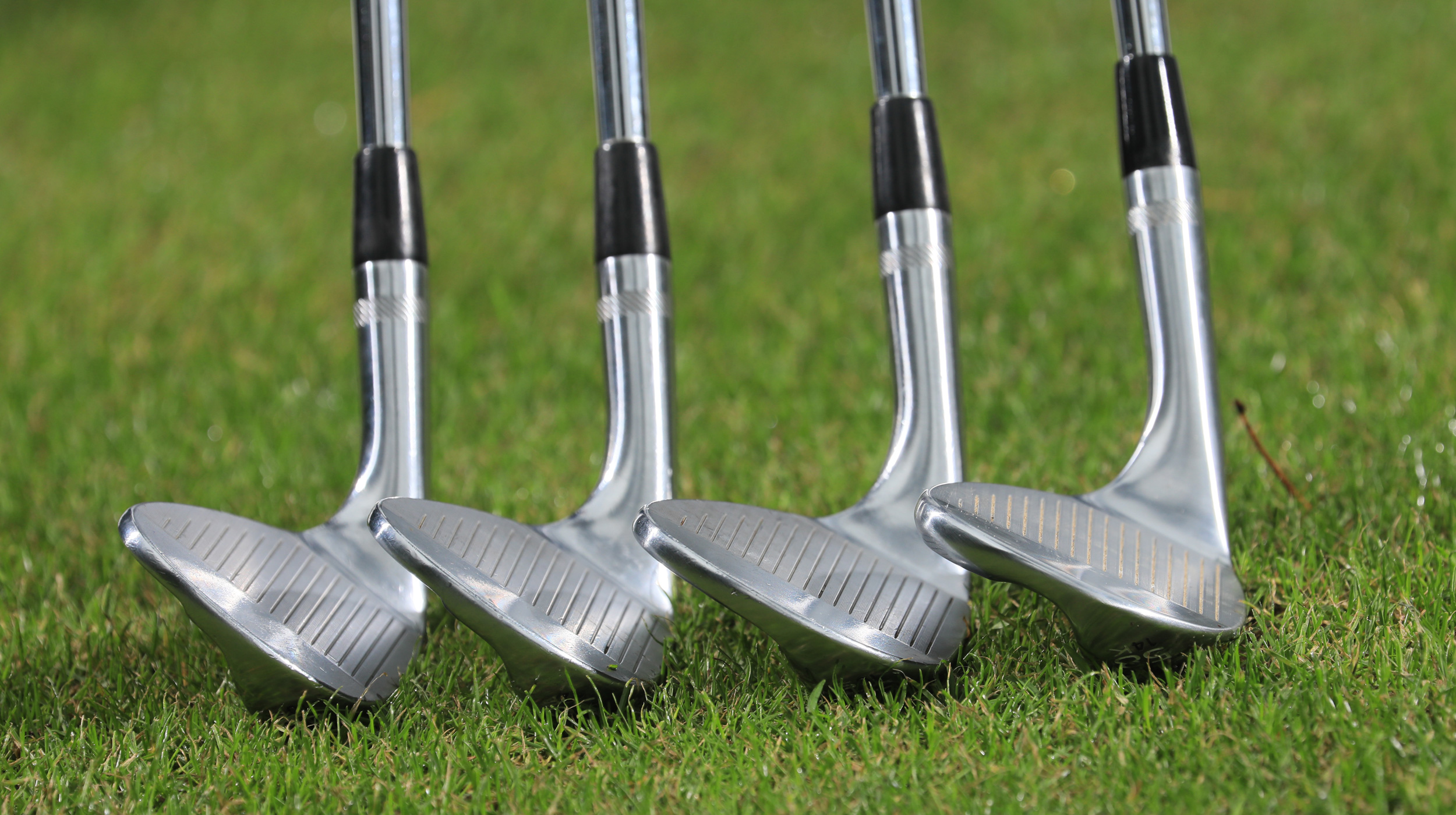
It's one of the reasons why the first clubs to be replaced are your 'scoring clubs', the wedges, which is the fastest deteriorating club in the bag. Most PGA professionals would advise replacing your wedges every two to three years. You might get away with stretching that time out if you only play a dozen or so times a year, but if you’re playing regularly and practising a lot, your wedges might need replacing sooner. Worn grooves aren’t going to offer you the same amount of spin, so it’s crucial that you upgrade them when required.
Then the driver...
After the wedges, for a lot of golfers it’s the driver that usually requires updating next. Of all the advancements made with golf clubs over the last 20 or so years, it’s probably the driver that has seen the most change – and you don’t want to get left behind. Not only do the very latest drivers help golfers to find extra yards – more so than ever before – they have never offered so much forgiveness. If you haven’t upgraded your driver for six or seven years, you could be missing out on a lot of assistance off the tee.
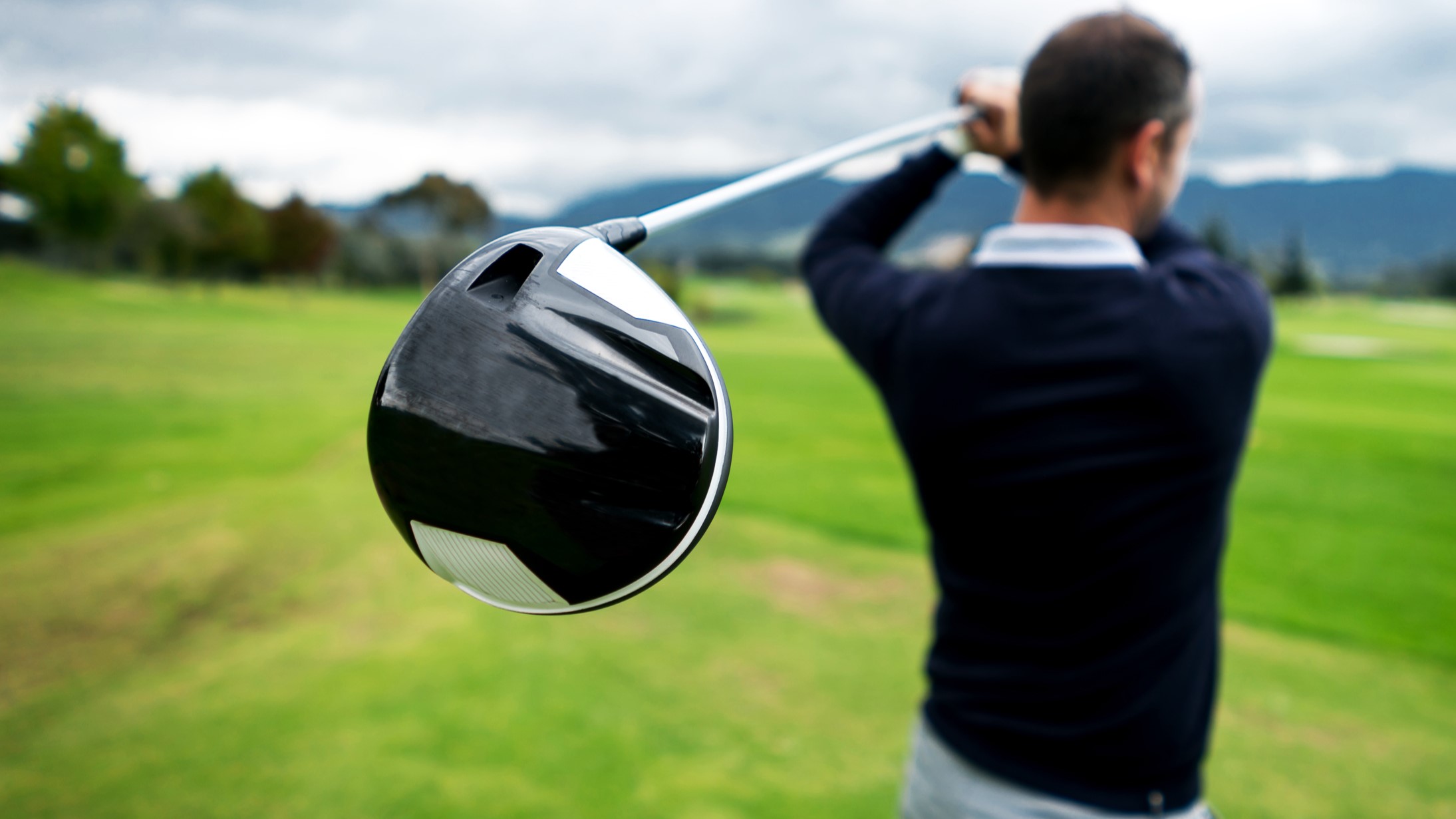
One of the other significant advancements in technology where woods are concerned has been the introduction of adjustability, which has given golfers the opportunity to fine-tune their set up. If you bought a non-adjustable model several years ago, there’s a chance that it could be limiting how you perform off the tee.
Adjustability in golf clubs was permitted by the governing bodies in 2005. Since then we have had weights you can move manually, weights that slide back to front and side to side, and adjustable hosels that can vary loft and lie. The real benefit of all this was that any golfer could now get the same level of customisation in their local store as an elite player on a tour truck.
Irons have a longer lifespan

Irons are probably the last clubs that golfers will replace. Generally speaking, technology hasn’t moved on at such a rate that your irons from two, three, maybe even five years ago, are completely out-dated. However, there are a number of reasons why you might want to upgrade your set.
Subscribe to the Golf Monthly newsletter to stay up to date with all the latest tour news, equipment news, reviews, head-to-heads and buyer’s guides from our team of experienced experts.
Let’s start with the obvious and, again, wear and tear is a good reason to update. Unless you buy head covers for your irons, they’re bound to scuff and wear in the bag as they knock against each other, more so if you carry your bag. It doesn’t mean that you should just wait until your irons are completely worn out before you replace them, even if that is the more sustainable and eco-friendly option.
Other reasons to change
Perhaps a bigger reason to change your irons is because you’ve become a better, or worse (sadly, that does happen), golfer. Most people don’t become seriously better/worse overnight, but if you have noticed your handicap heading slowly in one direction, there’s a good chance that the quality of your ball striking has improved or worsened and you’d benefit from a different type of iron.
Along the same kind of lines, there’s also a chance that your swing speed is not what it was several years ago. Whether age has finally caught up with you or you’ve suffered an injury that affects how fast you can swing the club, there’s a chance that you could benefit from a change in clubs and different shafts.

Of course, there’s still a decision to be made about where you buy your next set of irons, or another driver. Giving the rising cost of brand-new gear, you might want to consider buying second-hand clubs.
golfclubs4cash is Europe’s largest retailer of second-hand golf equipment, and with more than 25,000 listings online at any one time, you should have no problem finding what you’re after. It might not be brand-new, but you’re not going to be losing out on too many performance benefits if you’re a product cycle or two behind.

Michael has been with Golf Monthly since 2008. A multimedia journalist, he has also worked for The Football Association, where he created content to support the England football team, The FA Cup, London 2012, and FA Women's Super League. As content editor at Foremost Golf, Michael worked closely with golf's biggest equipment manufacturers and has developed an in-depth knowledge of this side of the industry. He's a regular contributor, covering instruction, equipment, travel and feature content. Michael has interviewed many of the game's biggest stars, including seven World No.1s, and has attended and reported on numerous Major Championships and Ryder Cups around the world. He's a member of Formby Golf Club in Merseyside, UK.
-
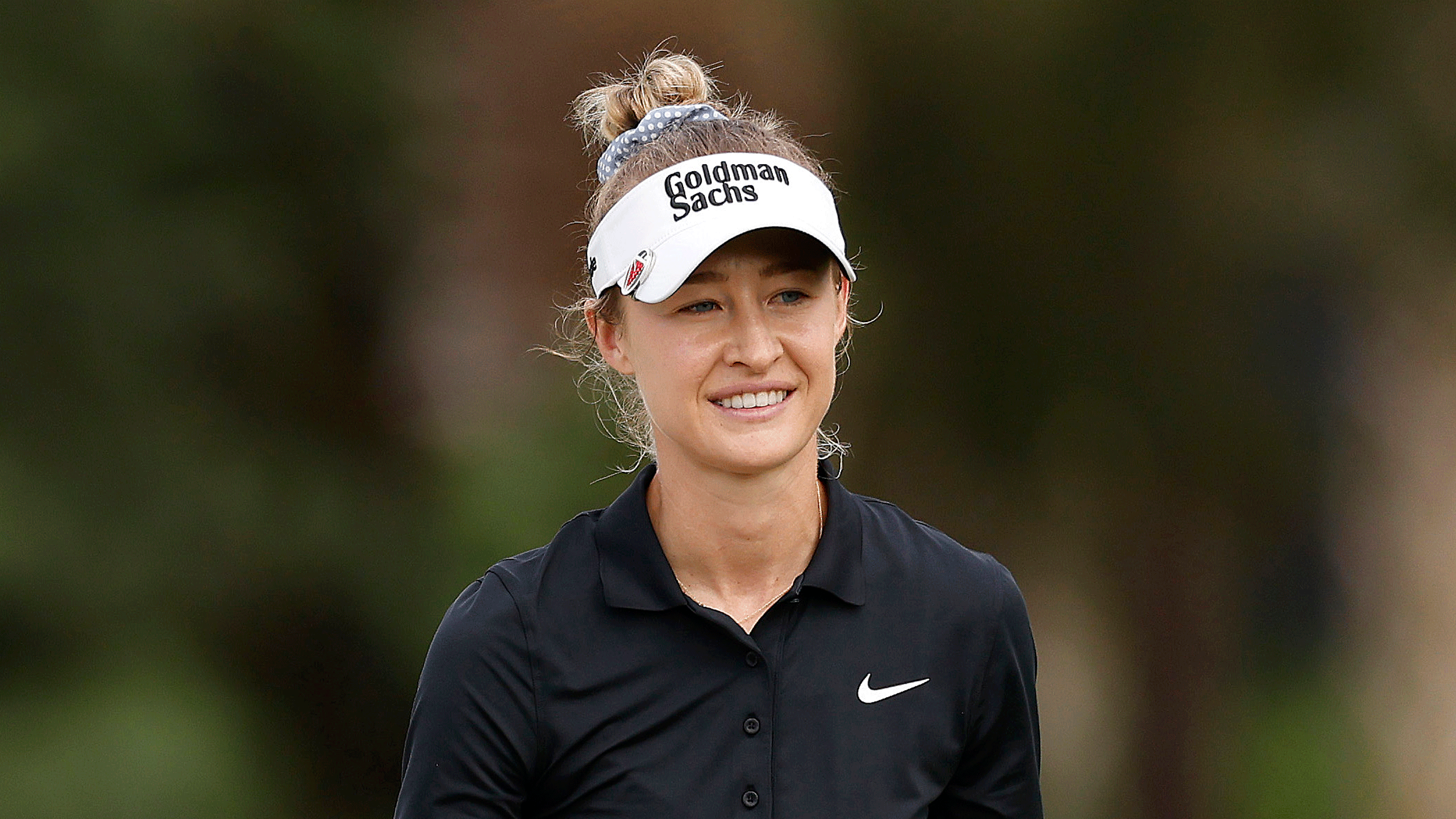 How Much Prize Money Has Nelly Korda Won In 2025?
How Much Prize Money Has Nelly Korda Won In 2025?The World No.2 may have gone winless in terms of trophies through 2025, but she still accumulated an incredible amount of prize money along the way...
-
 What Percentage Of Amateur Golfers Have Holed A Putt From Outside 60ft In Their Lifetime?
What Percentage Of Amateur Golfers Have Holed A Putt From Outside 60ft In Their Lifetime?Holing a long range putt takes a great amount of skill, and often a little bit of luck, but what percentage of amateur golfers have drained a 60+ footer?
-
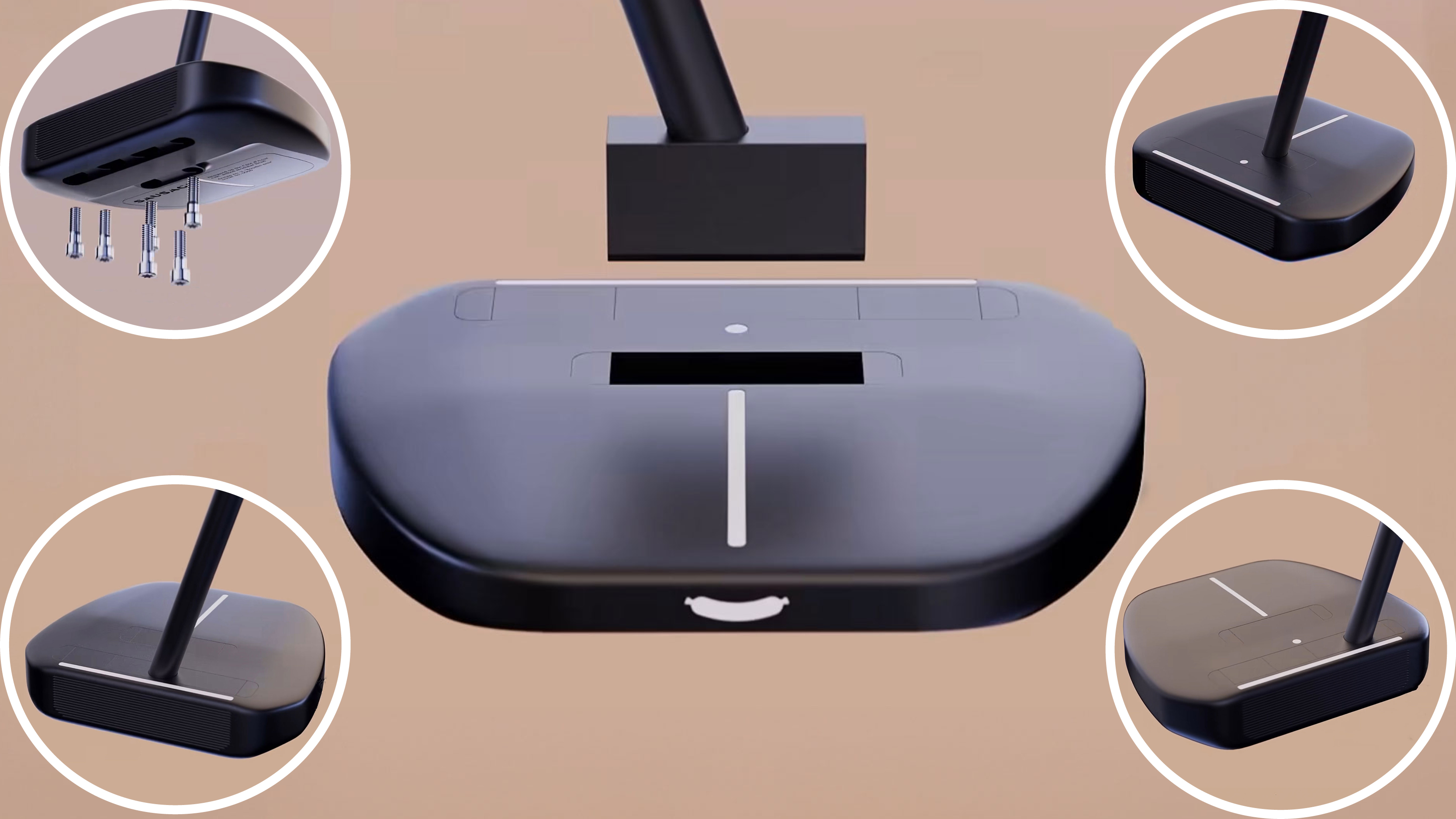 ‘I’ve Never Seen Anything Like It’ - Putters May Never Be The Same Again
‘I’ve Never Seen Anything Like It’ - Putters May Never Be The Same AgainWe take a look at an exciting and innovative new putter design from Sausage Golf - the Boudin Noir...
-
 Is The Blade Putter Dying Out On Tour?
Is The Blade Putter Dying Out On Tour?Gear tester and PGA Professional Joe Ferguson has noticed an interesting equipment trend in the professional game…
-
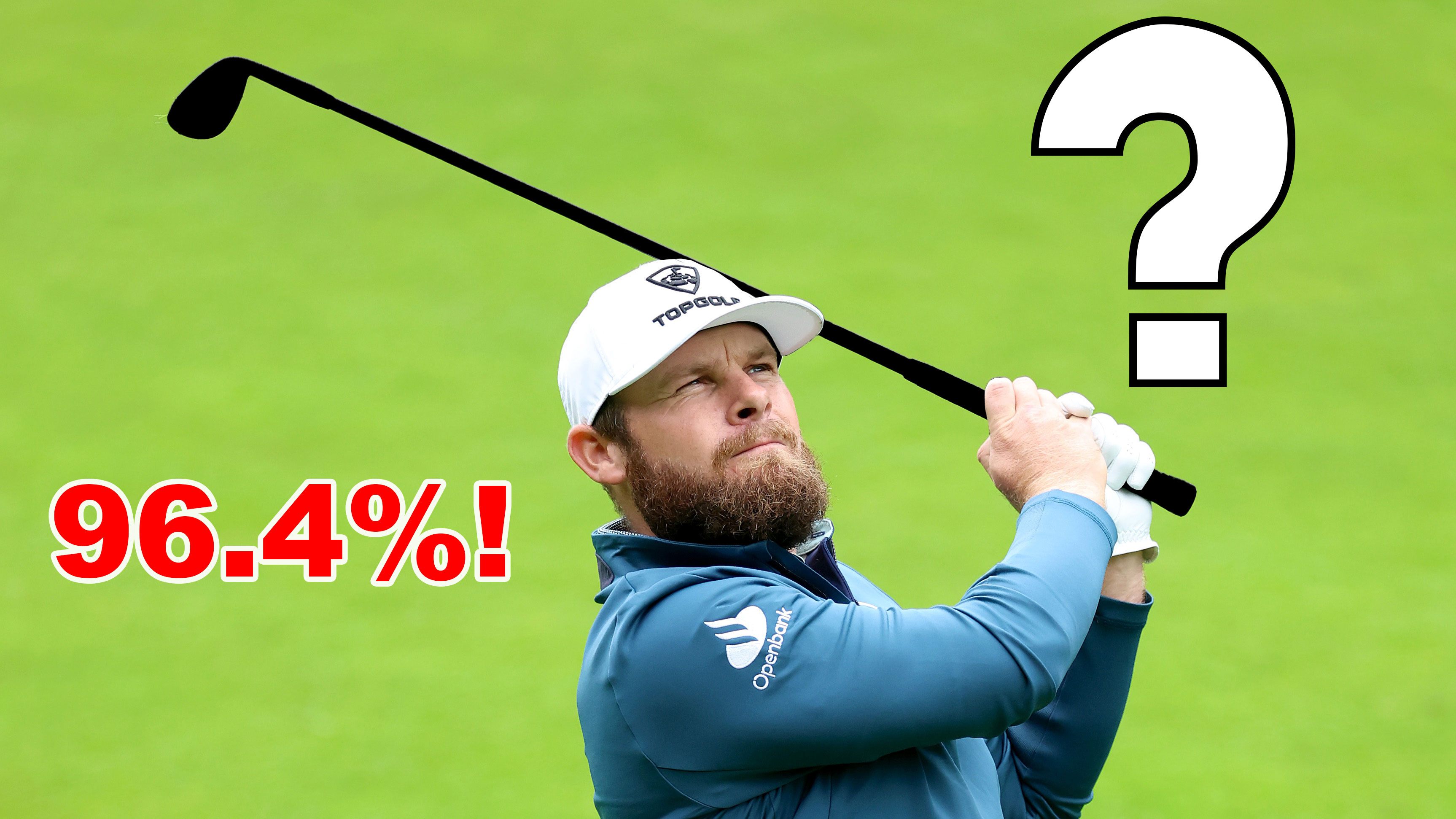 The One Piece of Equipment (Almost) Every Tour Pro Agrees On...
The One Piece of Equipment (Almost) Every Tour Pro Agrees On...We explore the remarkable dominance of one particular brand at the flagship event on the DP World Tour
-
 I’ve Interviewed Over 20 Tour Players About Their Equipment In The Past Year. Here Is What I Have Learned...
I’ve Interviewed Over 20 Tour Players About Their Equipment In The Past Year. Here Is What I Have Learned...PGA Professional Joe Ferguson has produced 'What's In The Bag' videos with some of the best players in the game, and there are some observations to be made...
-
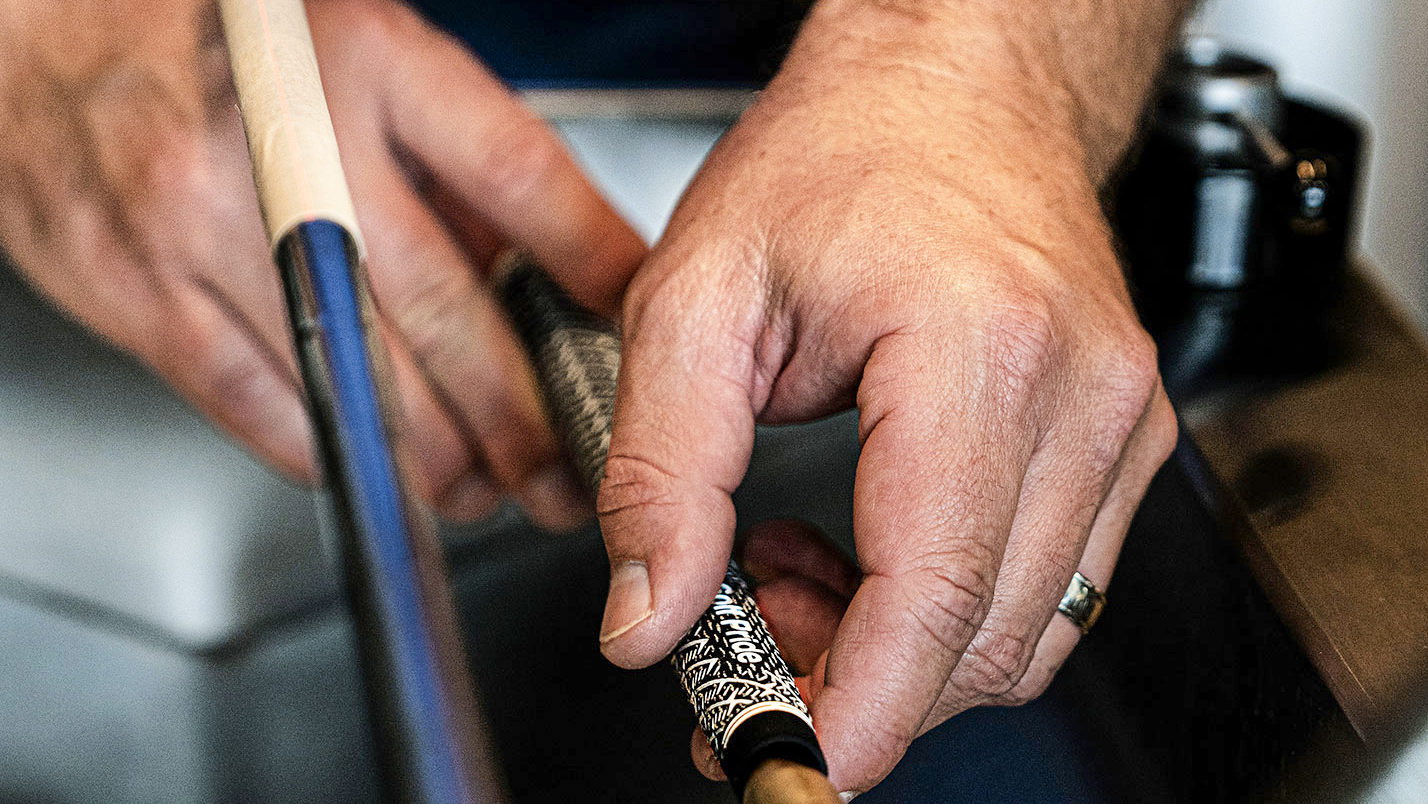 How Often Should You Change Your Grips?
How Often Should You Change Your Grips?We all know we can change and should change our grips, but how often should we be thinking about it?
-
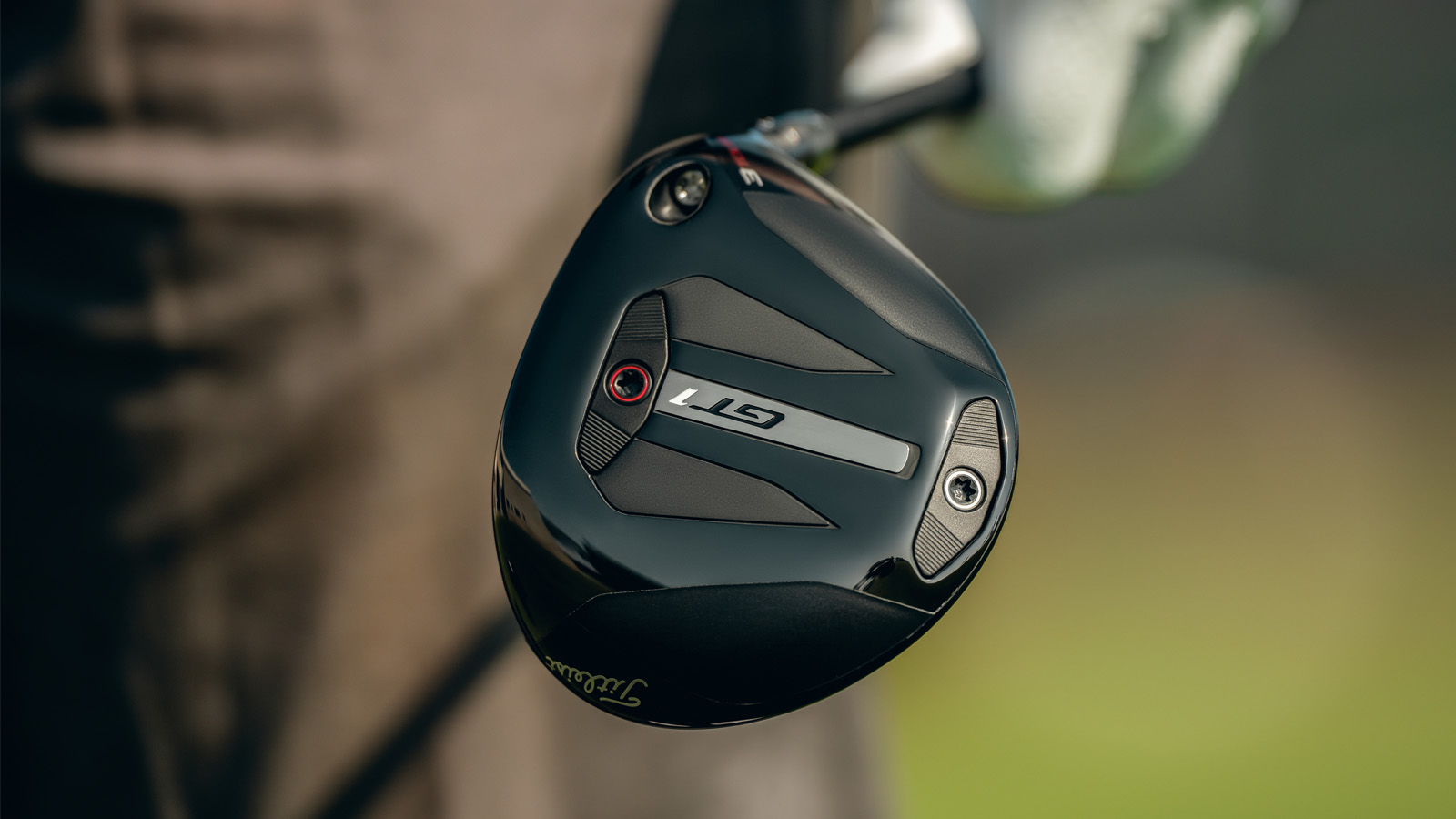 A Forgiving Fairway Wood Built For The Tour? Titleist Surprised Us All With This New Club
A Forgiving Fairway Wood Built For The Tour? Titleist Surprised Us All With This New ClubThe Titleist GT1 3Tour fairway wood is the brand's latest release, but what’s the story behind the design and which golfers is it likely to suit?
-
 Revealed: The Equipment Pro Golfers Use That Amateurs Can't Get Their Hands On
Revealed: The Equipment Pro Golfers Use That Amateurs Can't Get Their Hands OnAre we playing the same equipment as the professionals we watch week in, week out? Possibly not. Let's see what we might be missing...
-
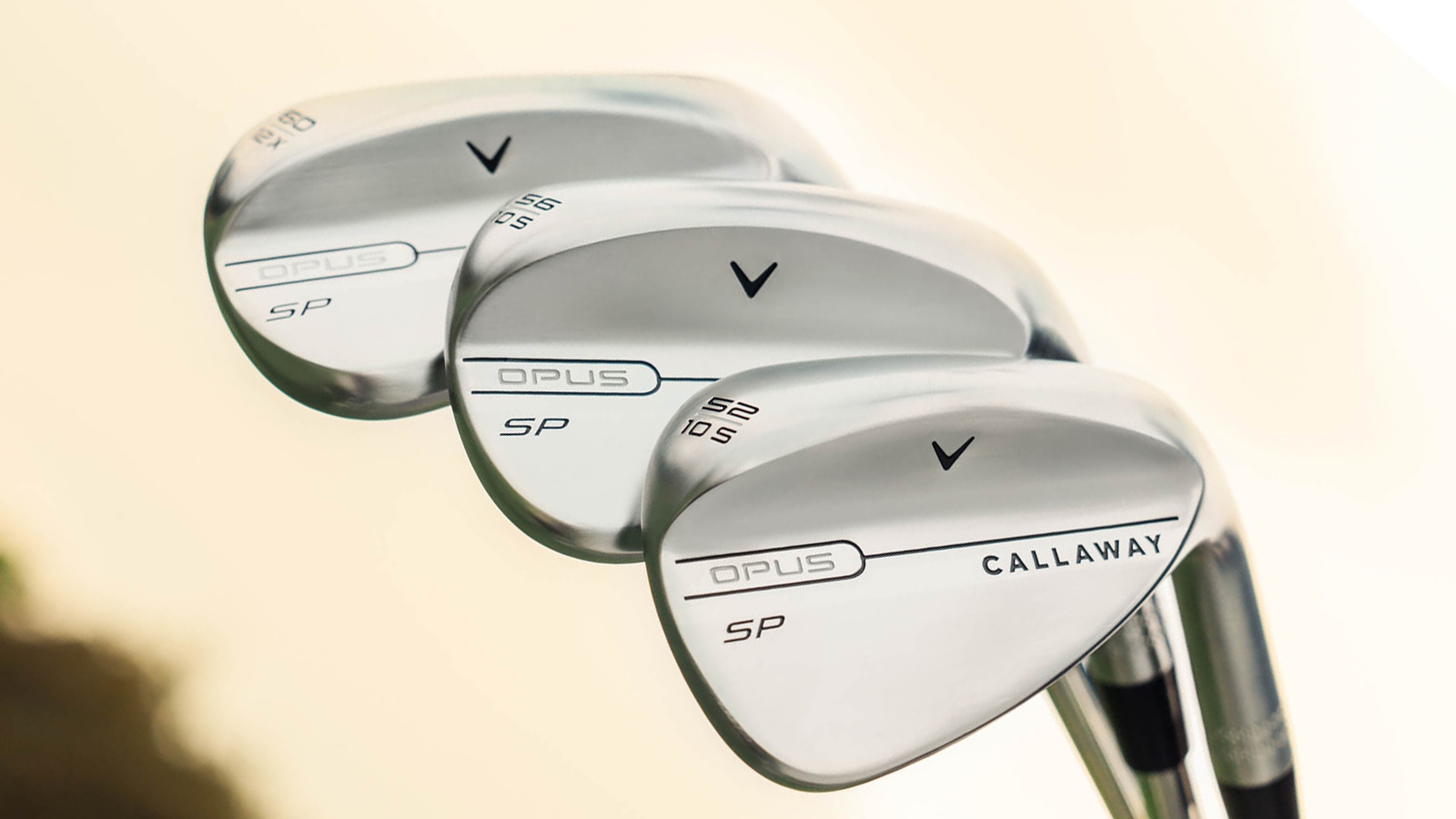 Why The Callaway Opus SP Wedges Could Take Your Short Game To New Heights
Why The Callaway Opus SP Wedges Could Take Your Short Game To New HeightsWe take a look at the design and features of the new Callaway Opus SP wedges